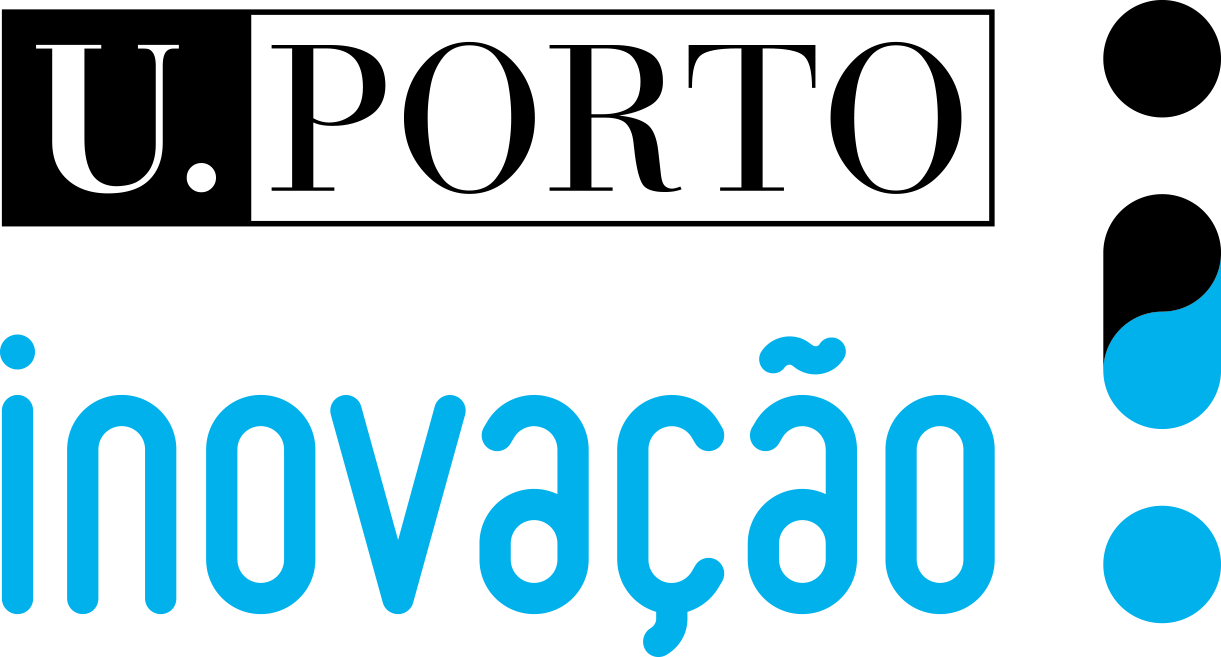
The lumbar / lower back area is, statisically, the most affected body part in healthcare professionals. Thus, Body Boost introduces a cutting-edge wearable device tailored for the healthcare industry, designed to help workers improve and correct their postures in order to reduce workplace injuries. In a technological perspective, this solution encompasses a product and a service. The product comprises of a discrete, easy-to-wear and un-obstructing belt-like wearable device that is equipped with smart sensors tracking movement and detecting harmful postures in order to “educate” users to perform differently through vibrational feedback.
Body Boost is based on machine learning algorithms and predictive analysis to provide instantaneous feedback to pre-empt potential injuries. An accompanying application is also part of the solution, as all data is routed back to an app that allows for continuous monitoring, data analysis and personalized health reports in a gamified way that increases engagement and user retention.
Although there's a broad push in the wearable sector to address postural concerns for the general populace, the specific occupational challenges and work-related musculoskeletal injuries faced by healthcare professionals remain conspicuously underserved; notably, their heightened susceptibility to muscoskeletal complications, especially in the lumbar region. The current solutions for these problems often fall short in providing instantaneous feedback and detailed historical analysis that is vital for preemptive action and comprehensive management.
The device exhibits various advantages that sets it apart from other existant technologies. Firstly, it specifically targets the lower back area pain and is strategically designed improve it - a comfortable, discreet belt, capable of being worn under a uniform without attracting any attention to it, and especially not obstructing the worker. It is further set apart by the device's capability of instantaneous tactile feedback and real-time machine learning algorithm, thus continuously improving the user's posture, unlike other delayed market solutions, unfit for high-stress and demanding environments.
The other main advantage is that the device then records all the data gathered with its use and can enable an extensive examination of the user's postural habits, something that can be accessed via a dedicated mobile application that serves as monitor and data analyzer. This app also offers personalized intervention plans based on the collected information, proposing specific exercises and provides some gamified elements, improving an otherwise monotonous health routine. This technology is thus both reactive and predictive, as it offers immediate feedback and long-term solutions.
Healthcare facilities; Insurance companies; Individual healthcare professionals; Occupational health companies.
(*) the image is an idealisation using AI.






